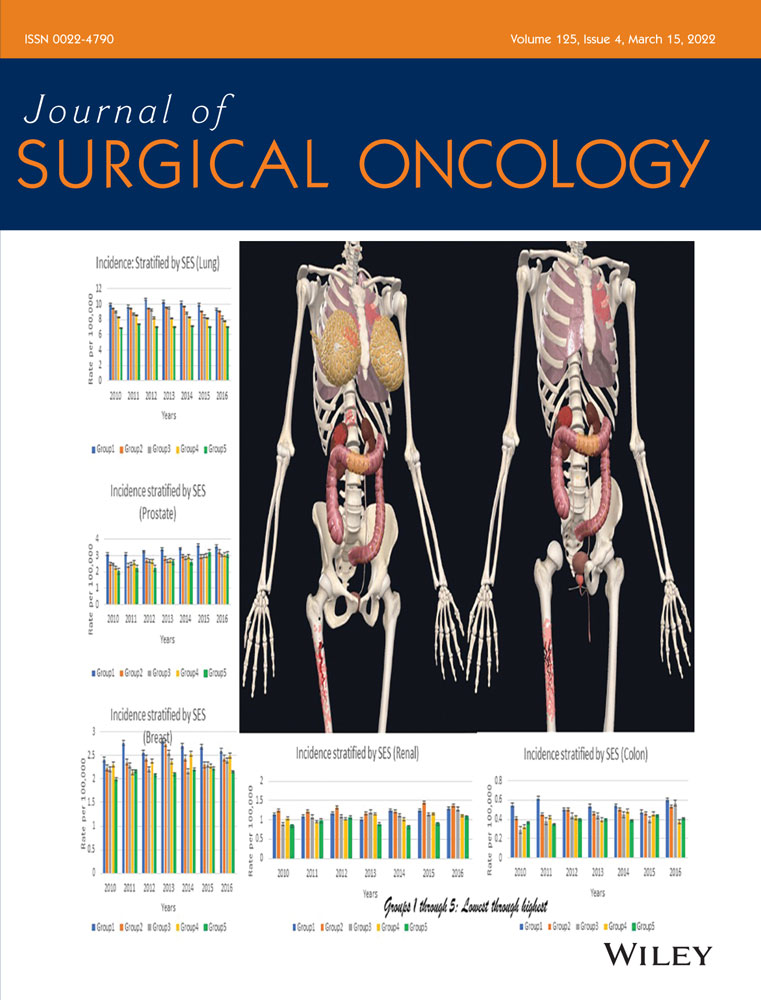Outcomes and technical modifications of vascularized lymph node transplantation from the lateral thoracic region for treatment of lymphedema
Abstract
Background and Objectives
This study evaluates clinical outcomes of vascularized lymph node transplantation (VLNT) from the lateral thoracic region and technical modifications.
Methods
Consecutive patients that underwent lateral thoracic VLNT to treat extremity lymphedema were included. Demographic and treatment data were recorded, and outcomes data including limb volume, LDex score, and Lymphedema Life Impact Scale (LLIS), QuickDASH, and LEFS questionnaires, were collected prospectively. Consecutive patients that underwent single-photon emission computed tomography (SPECT/CT) lymphoscintigraphy axillary reverse lymphatic mapping (RLM) were analyzed to characterize the physiological drainage of the normal upper extremity.
Results
A consecutive series of 32 flaps were included. At 24 months postoperatively mean reduction in limb volume excess was 47.2% (±11.6; p = 0.0085), LDex score was 63.1% (±8.5; p < 0.001), and LLIS score was 65.1% (±7.4; p < 0.001). Preoperatively 14/31 patients (45.2%) reported cellulitis, and postoperatively there were no episodes at up to 24 months (p < 0.001). No patient developed donor extremity lymphedema at mean 18.6 (±8.3) months follow-up. SPECT/CT-RLM of 182 normal axillae demonstrated that the sentinel lymph node(s) of the upper extremity was consistently anatomically located in the upper outer quadrant of the axilla (97%).
Conclusions
VLNT from the lateral thoracic region is effective and versatile for the treatment of lymphedema with a low donor site complication rate.
CONFLICT OF INTERESTS
The authors declare that there are no conflict of interests.
Open Research
DATA AVAILABILITY STATEMENT
The data that support the findings of this study are available on request from the corresponding author. The data are not publicly available due to privacy or ethical restrictions.




